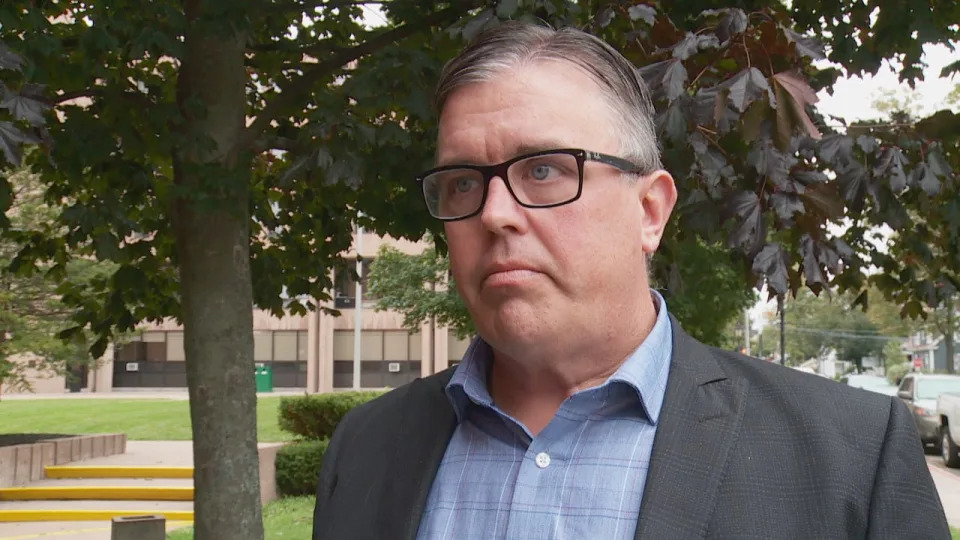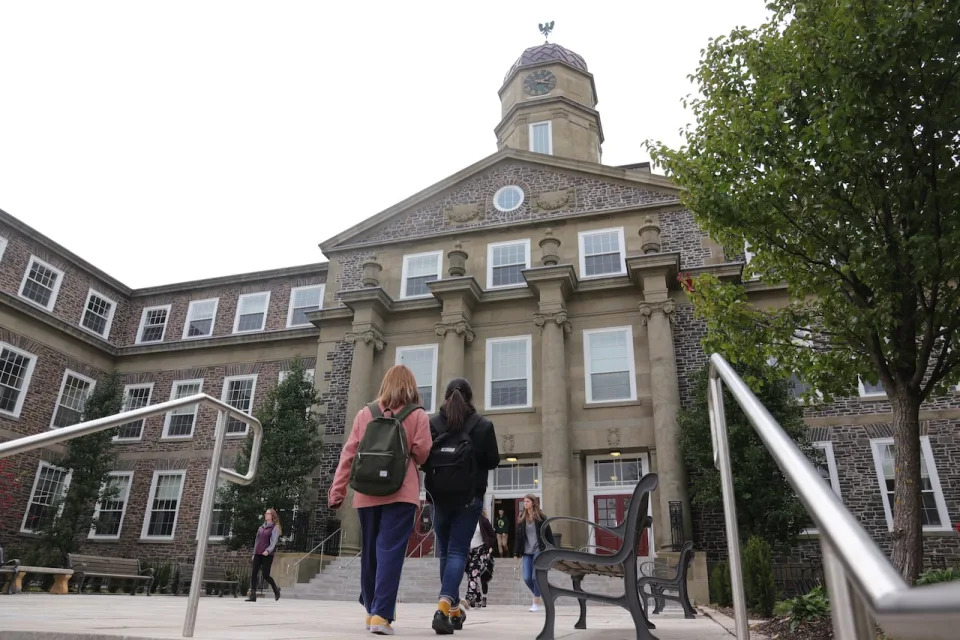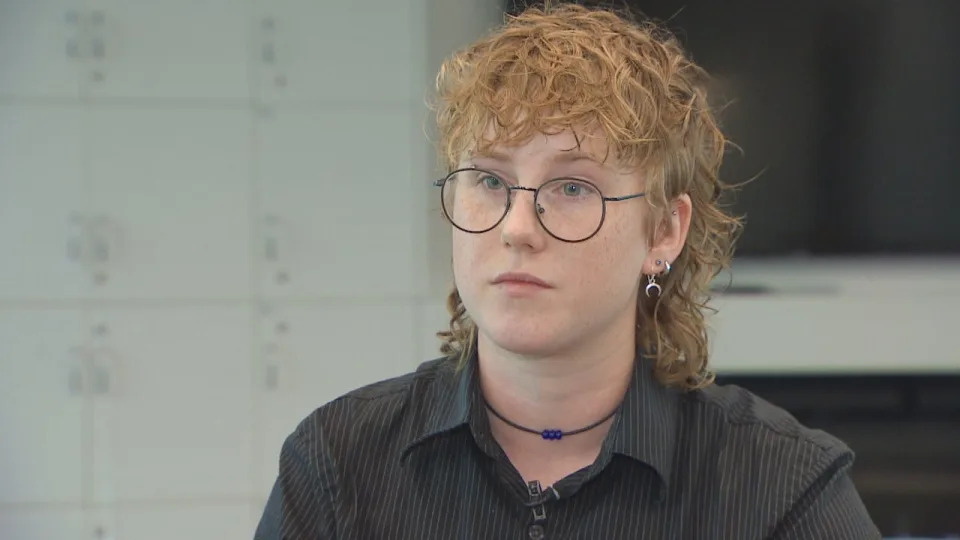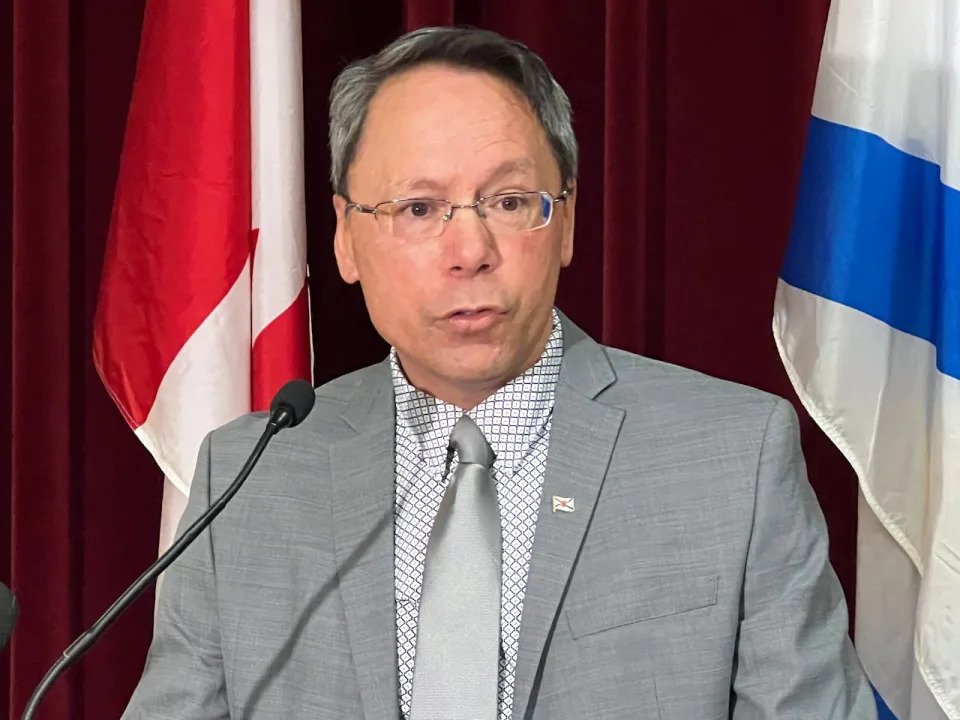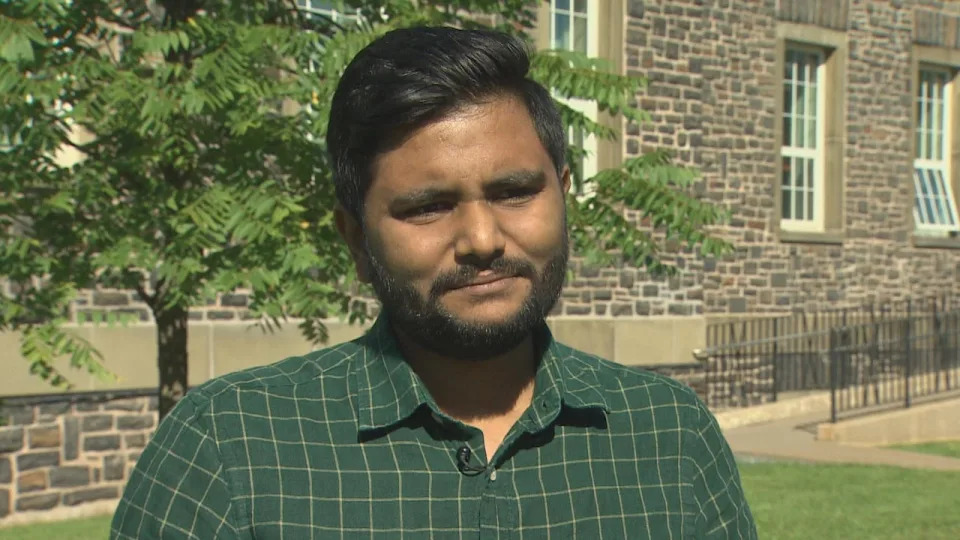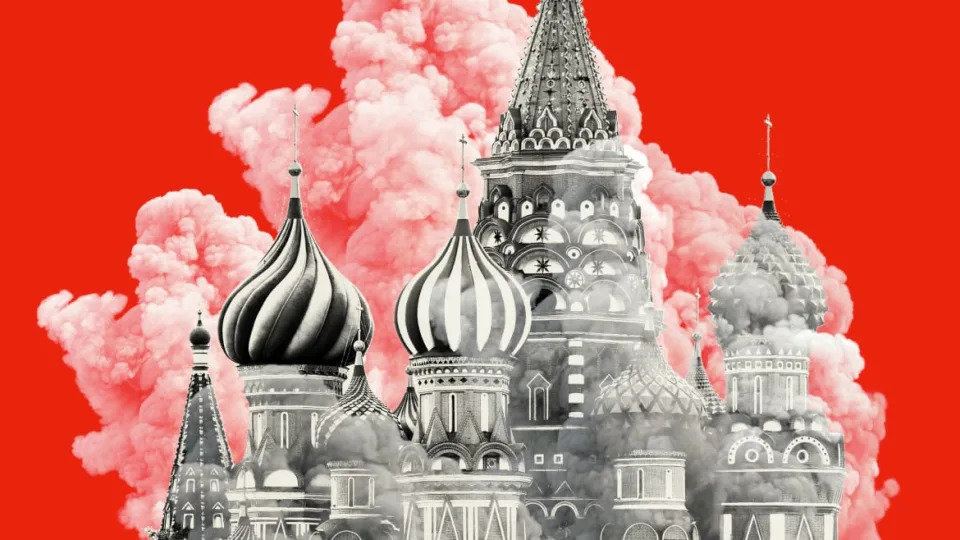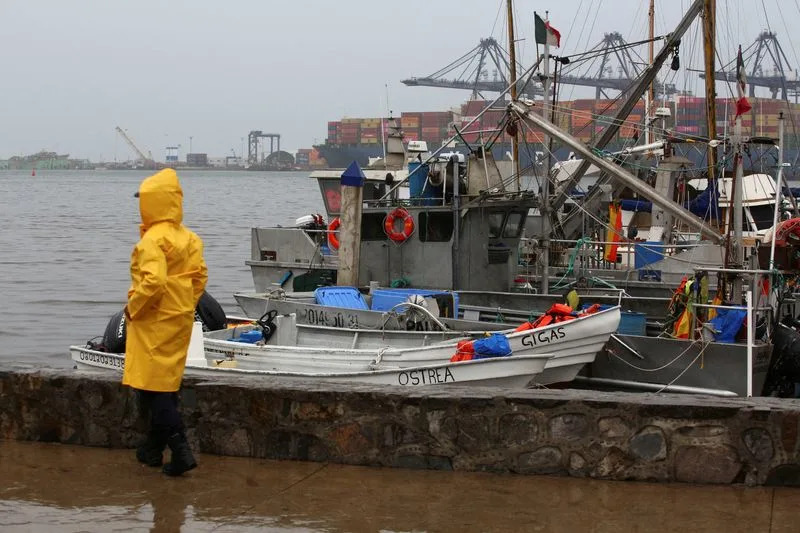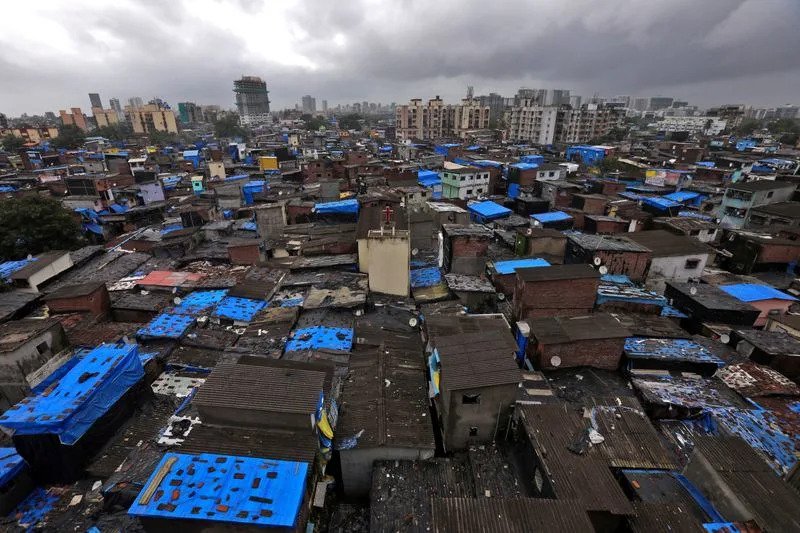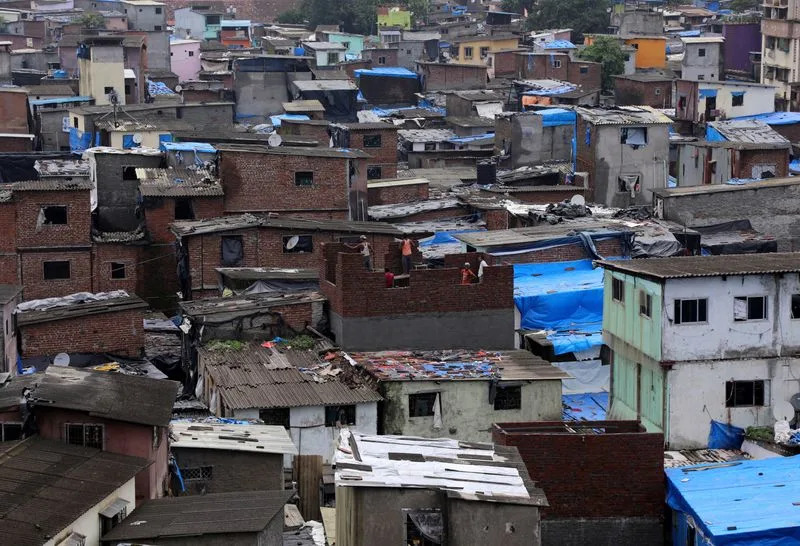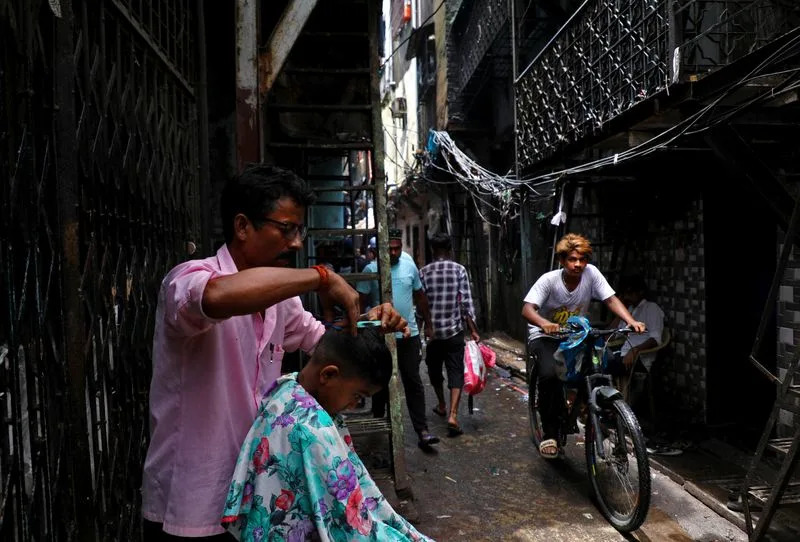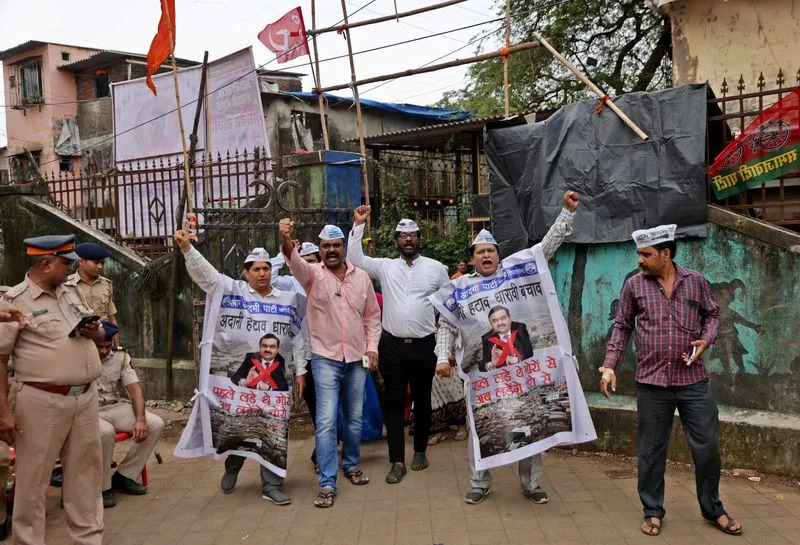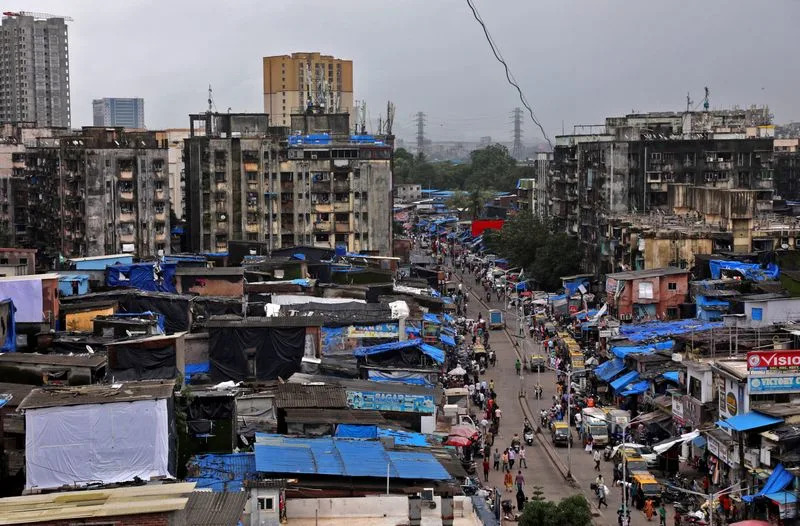In the late 18th century, when the Hawaiian Kingdom became a sovereign state, Lahaina carried such an abundance of water that early explorers reportedly anointed it “Venice of the Pacific”. A glut of natural wetlands nourished breadfruit trees, extensive taro terraces and fishponds that sustained wildlife and generations of Native Hawaiian families.
But more than a century and a half of plantation agriculture, driven by American and European colonists, have depleted Lahaina’s streams and turned biodiverse food forests into tinderboxes. Today, Hawaii spends $3bn a year importing up to 90% of its food. This altered ecology, experts say, gave rise to the 8 August blaze that decimated the historic west Maui town and killed more than 111 people.
Related: An Arizona malbec? How the arid state became America’s newest wine country
“The rise of plantation capital spawned the drying of the west side of Maui,” said Kamana Beamer, a historian and a former member of the Hawaii commission on water resource management, which is charged with protecting and regulating water resources. “You can see the link between extractive, unfettered capitalism at the expense of our natural resources and the ecosystem.”
Drawn to Hawaii’s temperate climate and prodigious rainfall, sugar and pineapple white magnates began arriving on the islands in the early 1800s. For much of the next two centuries, Maui-based plantation owners like Alexander & Baldwin and Maui Land & Pineapple Company reaped enormous fortunes, uprooting native trees and extracting billions of gallons of water from streams to grow their thirsty crops. (Annual sugar cane production averaged 1m tons until the mid-1980s; a pound of sugar requires 2,000lb of freshwater to produce.)
Invasive plants that were introduced as livestock forage, like guinea grass, now cover a quarter of Hawaii’s surface area. The extensive use of pesticides on Maui’s pineapple fields poisoned nearby water wells.
The dawn of large-scale agriculture dramatically changed land practices in Maui, where natural resources no longer served as a mode of food production or a habitat for birds but a means of generating fast cash, said Lucienne de Naie, an east Maui historian and chair of the Sierra Club Maui group.
The rise of plantation capital spawned the drying of the west side of Maui
Kamana Beamer
“The land was turned from this fertile plain – with these big healthy trees, wetland taros and dryland crops like banana and breadfruit – to a mass of monoculture: to rows and rows of sugar cane, and rows and rows of pineapple,” she said.
The Great Māhele of 1848, a ground-breaking law that legitimized private land ownership, laid the ground for big developers to hoard water for profit, said Jonathan Likeke Scheuer, a water policy consultant and co-author of the book Water and Power in West Maui.
Although the law did not privatize water, he said, the creation of private property allowed agricultural corporations to wield “political and ultimately oligarchic power” over elected officials.
In 1893, a group of sugar magnates and capitalists overthrew the Hawaiian Kingdom’s Queen Liliuokalani, paving the way for the US to annex Hawaii five years later. Sanford Ballard Dole, a cousin of Dole Plantation’s founder, served as the first governor of Hawaii.
When the last of the sugar companies closed in 2016 due to rising labor costs and operating losses, Scheuer said, the farms were purchased by large investors for real estate speculation and left fallow, overrun with invasive grasses that became fuel for brush fires. Developers like West Maui Land Company Inc took control of the plantations’ century-old irrigation ditches and diverted water to service its luxury subdivisions. In doing so, it left scraps for Indigenous families who lived downstream
.
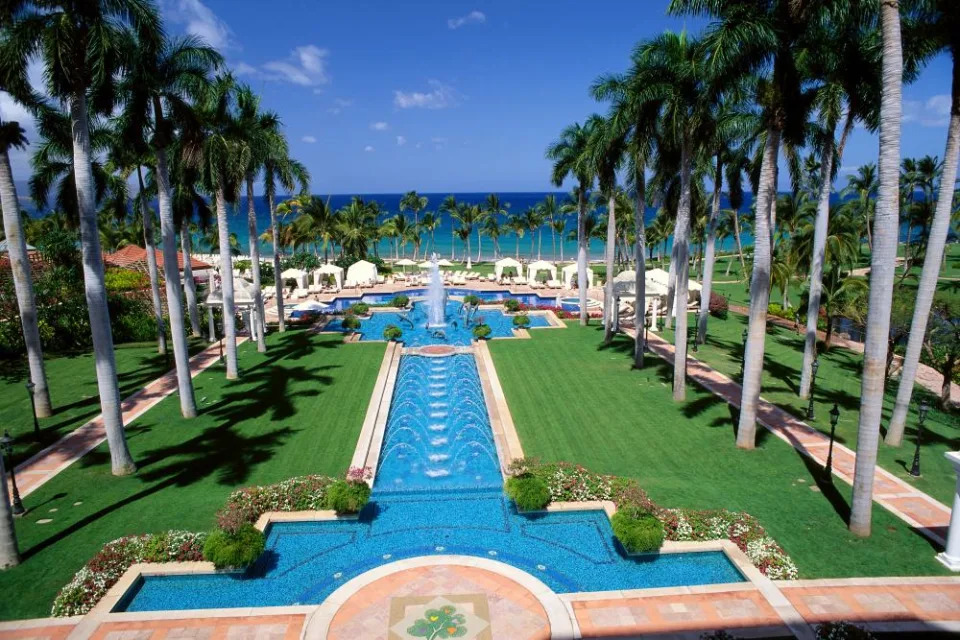
The 40-acre Grand Wailea resort on Maui is the island’s largest water consumer. Photograph: Design Pics Inc/Alamy
In Hawaii, water is held in a public trust controlled by the government for the people. But on Maui, 16 of the top 20 water users are resorts, time-shares and short-term condominium rentals equipped with emerald golf courses and glittering pools, according to a 2020 report from the county’s board of water supply. The 40-acre Grand Wailea resort, the island’s largest water consumer, devoured half a million gallons of water daily – the amount needed to supply more than 1,400 single-family homes.
Over the past two decades, Native Hawaiians have fought lengthy legal battles to reclaim their water rights and restore depleted streams for domestic and traditional practices like sustainable fishing and taro farming.
In 2021, dozens of Indigenous taro farmers won a landmark water rights case to restore streamflow to Nā Wai ‘Ehā, the Four Great Waters of Maui that once formed the largest taro production region in Hawaii. The decision, which preserved the Nā Wai ‘Ehā water system for taro cultivation and other traditional practices, has allowed farmers to return to and grow taro on their ancestral lands. Hōkūao Pellegrino, a seventh-generation taro farmer in central Maui, said he’s restored eight taro patches on Nohoʻana farm, which has been in his family’s hands since 1848.
It’s another slap in the face to people in Lahaina who have lost everything
Lucienne de Naie
Then last June, the state water commission voted unanimously to give special designation to the Lahaina aquifer sector, which supplies water to west Maui residents, so that state regulators can assess and limit water use by resorts and developers.
But the process has been thrown into disarray in the aftermath of the fire, which became a new flashpoint in Maui’s water use dispute. After a state official allegedly delayed releasing stream water to a private reservoir for firefighting efforts, the governor, Josh Green, said the state had “tipped too far” toward water preservation. Following a request from West Maui Land, which operates the reservoir, Green temporarily suspended the designation and loosened streamflow regulations – terms that Native Hawaiians had fought hard to implement.
Water rights advocates say they fear West Maui Land and other water diverters now will attempt to exploit the tragedy and buy up more coveted land and water rights.
“It’s another slap in the face to people in Lahaina who have lost everything,” said De Naie.
Pellegrino, who leads Hui o Nā Wai ʻEhā, a non-profit that advocates for stream protection, said what’s happening now is “disaster capitalism at its finest”.
“They’re pitting farmers against farmers, Native Hawaiians against Native Hawaiians,” he said.
To prevent more fires from engulfing communities, Pellegrino said, it’s not enough to merely return water to streams. Maui needs to resurrect the wetlands and ecosystems that, for centuries, provided not only sustenance but also a natural buffer against disasters. Lahaina’s original name, Lahaina i ka malu ‘ulu o Lele, translates to “Lahaina lies in the shade of the breadfruit trees of Lele” – a reference to the large breadfruit groves that once fed tens of thousands of people.
To Pellegrino, the phrase holds the key to the island’s survival.
“Water is just one piece of the pie,” he said. “Stream restoration needs to be coupled with Native Hawaiians having access to those lands so they can rebuild the food forest that once was.”

